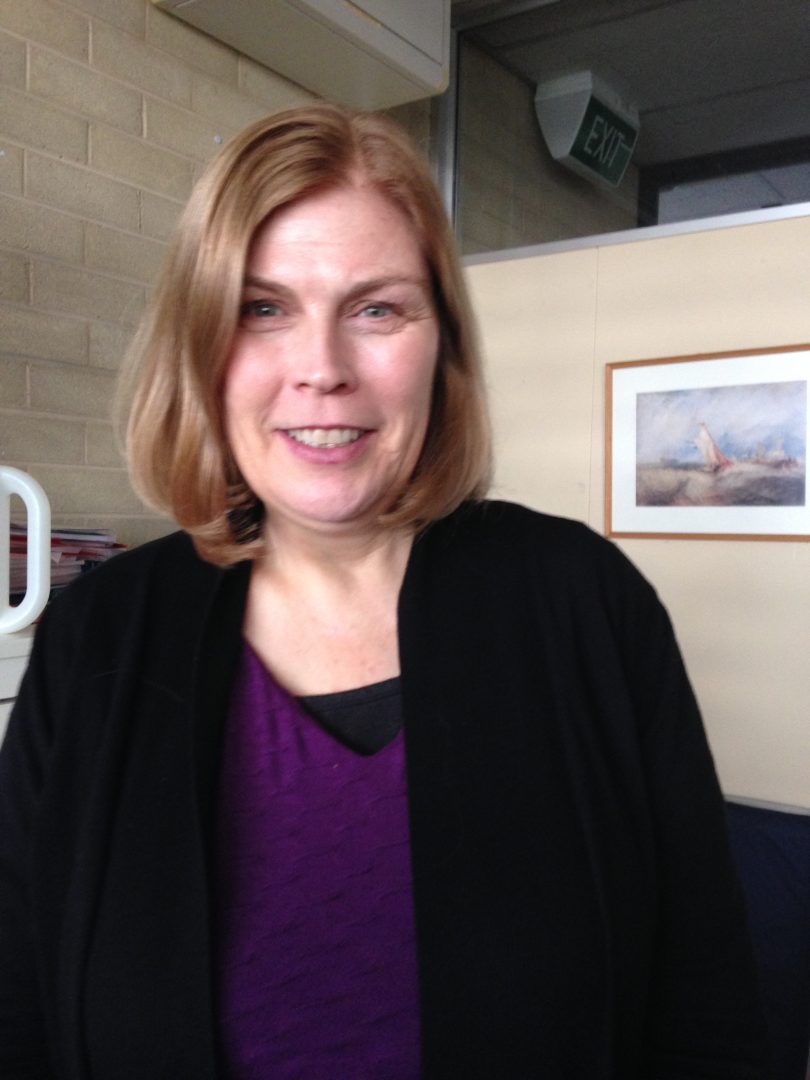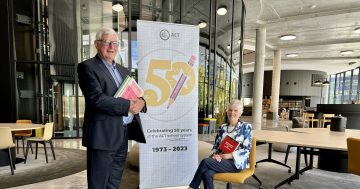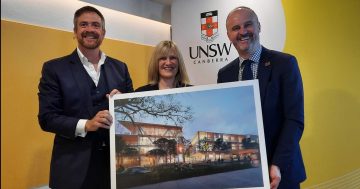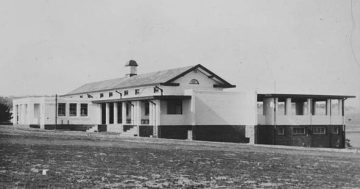
Gillian Sinclair. Photo: Supplied.
There is no doubt that in Canberra, we can be proud of our high-quality education, offered through a plethora of educational institutions of the highest calibre across all sectors. But among our senior secondary colleges, not everyone is aware of the unique kind of education that is provided at the Canberra Institute of Technology in their Year 12 Program, on offer to a wider spectrum of our local community. I interviewed Gillian Sinclair, Head of Department, to discuss this unique niche-style education available through this program.
Gillian has 25 years’ experience as a teacher in high schools, colleges, at TAFE and university. Her last position at a college in the ACT mainstream system was at Hawker College but she has been at CIT since 2008, mostly in the Year 12 Program, which she is most passionate about for its unique offerings.
“The difference between our program and that of the mainstream colleges is its adult learning environment. The student population is typically made up of two thirds over 18s and one-third College-Aged students. Our aim is to appeal to the broadest spectrum of our community’s needs. Many of our students have had a variety of different barriers in their education, so we structure a personalised approach, working closely with them through their individual learning plans and tailored support. Also, for our Year 12 students, the Mind Matters program is embedded across all of our courses.”
Gillian tells me that they have worked diligently over the past few years on developing their pastoral care, through community building, and in developing these individualised programs to suit each student’s needs. For instance, there are strong opportunities to combine vocational education with the mainstream program because of their block timetable and flipped classrooms in the evenings. (The timetable works in blocks, with sessions in the mornings, afternoons and evenings so that students can easily accommodate working alongside their studies.) Add to this mix, two full-time student advisors, highly trained in careers, disabilities, and youth work, as well as drug and alcohol issues.
Another unique aspect of the Year 12 program at CIT is its outreach to a variety of far-flung institutions throughout the district. Gillian tells me that they have supplied services through a supported delivery model to the Murrumbidgee Education and Training Centre at Bimberi Youth Justice Centre (where the courses are online, booklet based, and with the assistance of teacher support). The Mura Lanyon Youth and Community Centre has also been a recipient of such courses, as has been a similar agreement with the Belconnen Community Services, along with unique delivery for indigenous students, who were also receiving support. The Cottage at Calvary Hospital (a mental health facility for youth) and the Canberra Hospital for students who are too ill to attend, were places where the service was making a difference. Gillian was thrilled that they could help such students to study wherever they were at.
A couple of anecdotal cases include one student who had intensive caring responsibilities and so could not attend mainstream classes, and another who was transgender and had a few mental health issues, but could keep studying at CIT and then go back to graduate with peers back in their mainstream college. These were just a couple of the examples given, but Gillian was quick to point out that there are so many different reasons why students have not been able to complete their education in mainstream programs before. And we’ve known for a very long time that one size definitely doesn’t fit all when it comes to education.
Gillian originally came up with these supported models in response to many parents who were concerned about the barriers that were preventing their children from learning.
It’s individualism and flexibility at its best, but of course, she is quick to point out that the College still must meet its ACT Board of Senior Secondary Studies obligations as well.
Equity of opportunity is vital to any educational model, according to Gillian, and she is particularly forward-thinking in terms of determining what more they can do to facilitate this philosophy.
This year will be innovative with the introduction of their new “Big Picture Academy”. CIT, along with the Canberra College, will be the only two colleges to deliver this ground-breaking approach whose time has come through the democratisation of education online.
On the CIT web site it states:
“Big Picture Education Australia (BPEA) is a national network inspired by a new and tested way of working with young people to support and prepare them for a changing world.” and “Students in the Big Picture Academy can also achieve their ACT Senior Secondary Certificate and can use their Graduation Portfolio to pursue employment, vocational education, university entry or entrepreneurial ventures.”
But the best part for me is this:
“The CIT Big Picture Academy is designed on the distinguishing features of Big Picture Education and provides a learning experience that is driven by the student’s interests and passion.”
Now that’s breaking new ground and highly innovative. We are mighty lucky to have such a diverse range of educational opportunities in Canberra and the surrounding district.
Accolades must go to Gillian and her team for pursuing such outreaching goals. They are certainly making a difference by providing alternative opportunities for those who may not otherwise complete their secondary education.
_______________________________________________________________________________________________________________
Canberra Institute of Technology





















